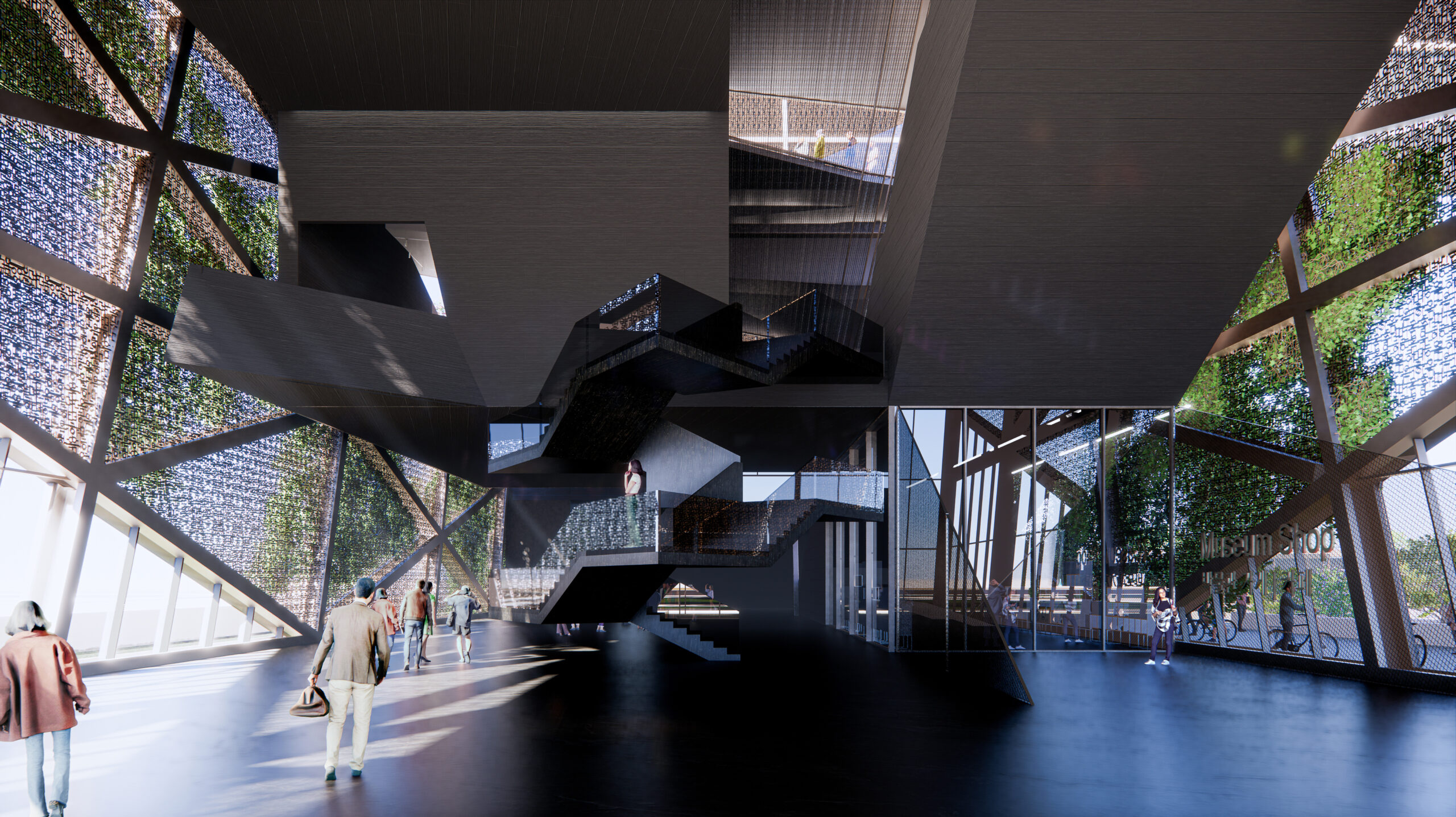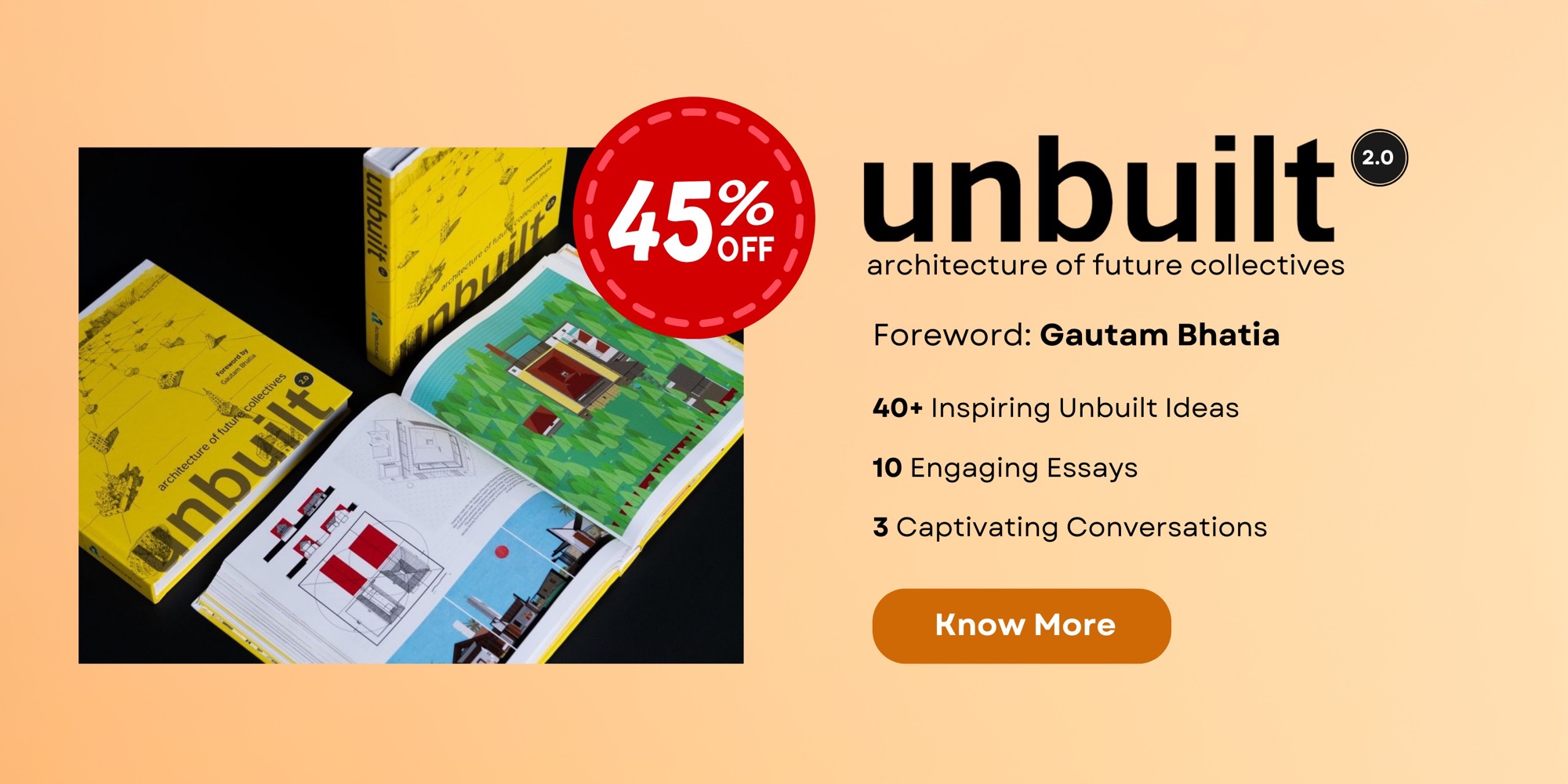THE MÖBIUS

The Incheon Museum Park will provide an incredible opportunity for the city to witness a cultural renaissance that will release a new offering to Korea and the world. The Museum combined with a cultural precinct will be revolutionary in every way. Defining a powerful centre of cultural gravity, the project will become a beacon for Korean art and culture.
The site is at the culmination of two urban axes:
a) green ribbons that originate from a large district park in the South West and flow through the residential district, and
b) cultural and commercial corridors in the West and South West that promise to become important socio-cultural spaces for the entire city.

The Museum-park’s role is pivotal in this important function of weaving and knotting the urban fabric into distinct and identifiable nodes, granting Incheon a distinct image of a world-class city.
The museum is thought of not so much as a built mass that occupies and commands space but more like a ‘frame’ that valorises the history and open space of a key position in the city. The decision to retain the OCI Factory and the Houses of the Missionary as they stand reflects not just a value for tradition but also a wonderful cultural attitude towards the reuse of built spaces as an imperative for a sustainable future.
To us, the project’s conceptual frame posits a dialogue between modernity and tradition, between what must be thought anew and what must not be forgotten, and, between the man-made and the natural world. The architecture that follows therefore must be iconic (where the form of something resembles its meaning) and not syntactic (where meaning is derived out of rules of grammar and composition). The richness of narrative must lie in what follows the act of building here and not in the building alone. Architecture’s telos must free itself from the compositional structure of the other arts that it will frame—oratory, poetic, or musical that have a beginning, middle and an end. It must find a way to weave in and out of its engagement with that which it frames, viz., notions of continuity and notions of man’s place within the natural world.
Therefore the stroll in the park and the informative museum walk must be entwined endeavours. One compliments and folds into the other like the planes of a ‘möbius strip’.
The park continues into the museum not just through vistas and views of the gardens outside but through physical continuity: an uninterrupted ribbon of green that flows through the built. Simultaneously, the built is not an enclosed monolith but much like the existing buildings on site, becomes a collection of pavilions in the garden suspended in the air by a light steel frame. Light, air, and vegetation infiltrate the built form that values porosity and a ‘oneness’ with nature. The museum and the park are not two, but one.
This non-duality is at the heart of our concept for the project: ‘hanmaum’, an indigenous Korean word for “one mind (or heart-mind)”. Hanmaum supports the idea of interconnectedness among people and between the man-made and the natural.

Development of the Architectural Design
We start with the aspiration of continuing the garden through the built form. The iconic form of a ramp weaves through the existing buildings to fold in on itself. This, while countering the establishment of a beginning and an end, becomes a Möbius plane where the garden outside and the exhibits inside seamlessly slide into one another in a constant dance of movement.
Facing the city on the western front, this interweaving form then creates a portal that is an invitation to the world outside. While doing so it frames the existing OCI building and bridges over a few of the ‘Houses of Missionary’ buildings- an iconic form image that at once captures the essence of the Möbius plane as well as the Frame into one stable structural unit.
THE CONCEPT OF THE MUSEUM PARK
Trees and gardens in a city represent the symbiosis of nature and culture. A conscious, wholesome, and alert citizenry is born when their culture and art thrive alongside a nurturing attitude towards the planet and the plant and animal life in it. Such a society is aware of its identity and heritage and yet recognises the need to come together as diverse human beings to rescue a dying planet.

Services Concept
The plant areas in the basement supply air-conditioning and stepped-down voltage electricity to the building. They also contain water tanks, fire fighting pumps and tanks and sewage treatment facilities if required. The services flow from these subterranean parts of the building to the upper levels and back via the two vertically inclined parts of the building which also contain the elevator banks. The risers housed within the vertical cores then spread horizontally along floors to the various parts of the building. Where no horizontal connection is forthcoming, such as in the Art Museum area, they travel through inclined ducts below the staircase and escalators.

Building Skin
The building envelope is formed out of three layers:
- a thermally broken performance glazing system
- a bio-facade of green climbers with an automated drip irrigation system.
- a metal screen that is developed out of bronze-anodised aluminium sheets and features a pattern out of the word “Hanmeum” in Korean script.

Structural Concept
The iconic form of the building is achieved through an infrastructural approach utilising a trussed load-bearing facade. The Steel Frames connected to each other through steel floors form a self-supporting structure. The east portion of the structure appears to hang from two vertically-inclined forms that are anchored to the ground. In reality, the structure’s centre of gravity makes the form stable even without major anchoring into the substructure. The substructure for the auditorium, car park and Art storage is made out of a cast-in-place concrete structure. The existing OCI building and its foundation that falls within the footprint of the new basement is first stabilised with 600mm wide Diaphragm walls all around its periphery. These diaphragm walls are anchored to a depth of 6 metres below the proposed basement.



Gallery














